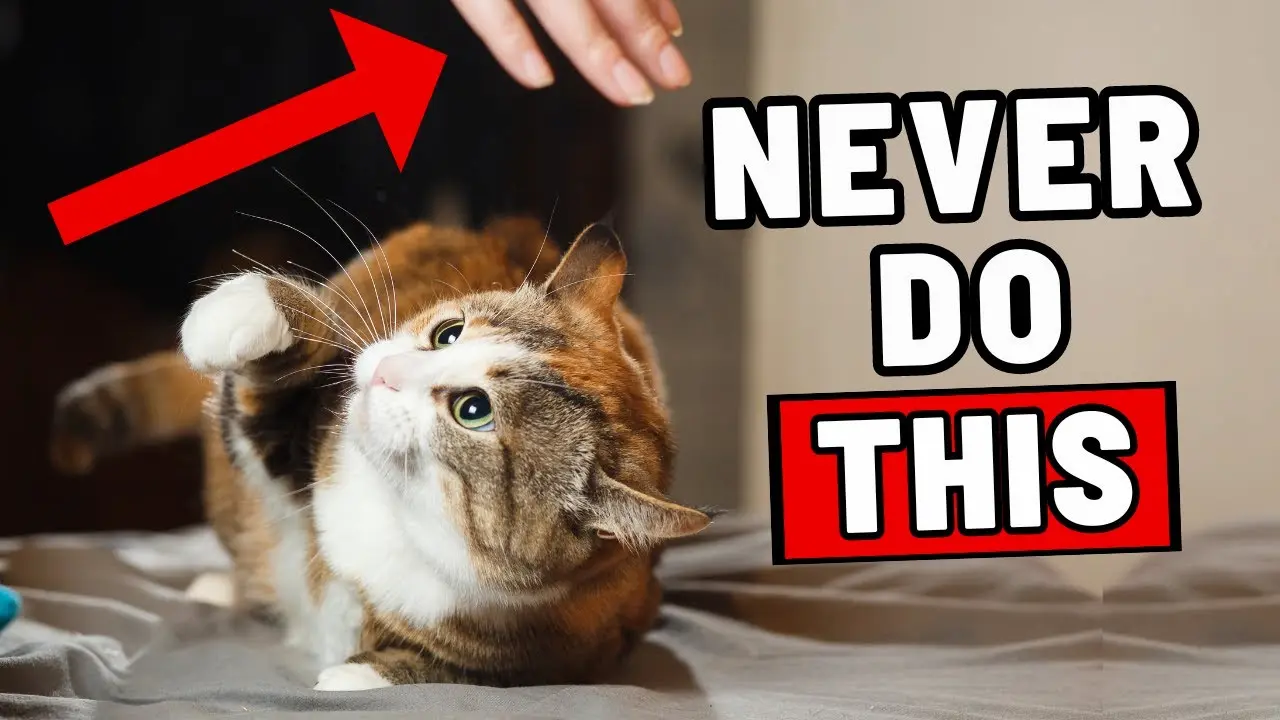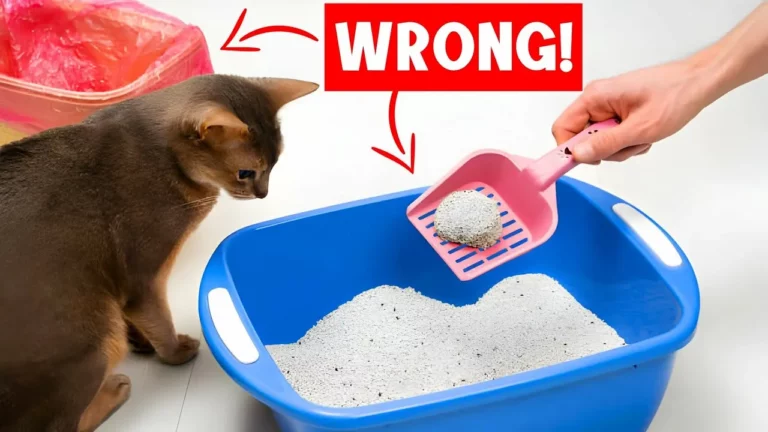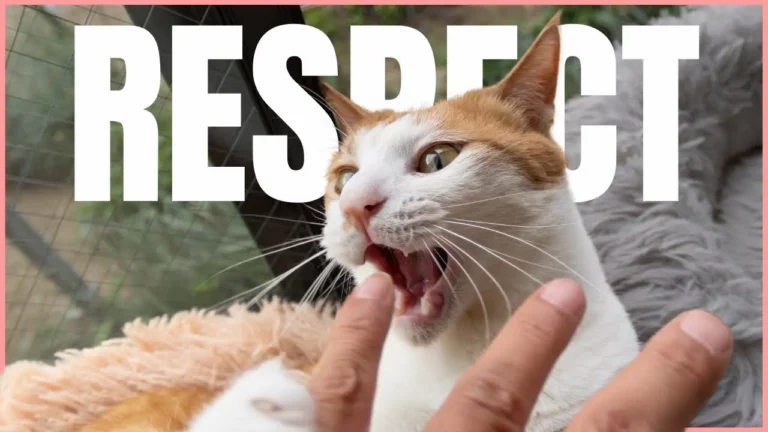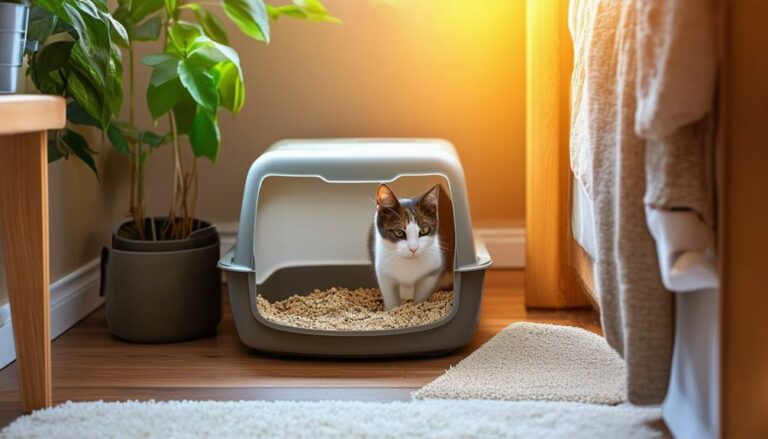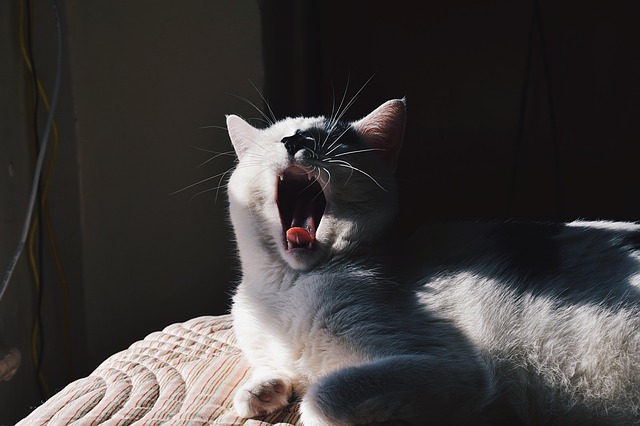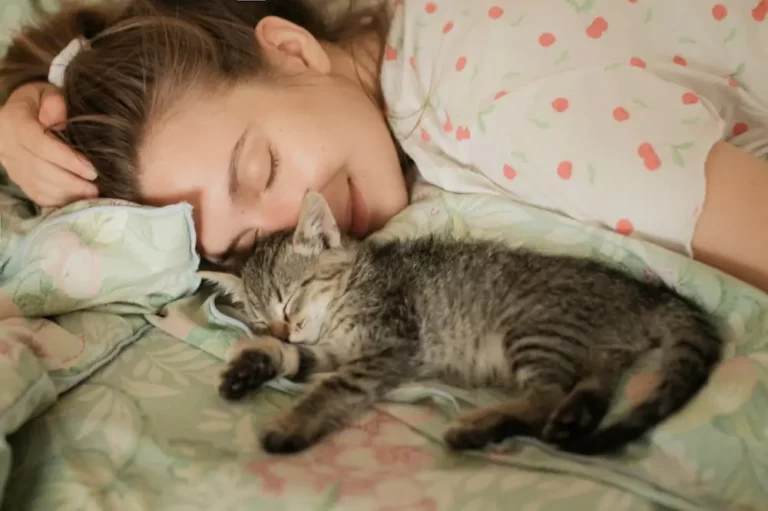Most Cat Owners Make AT LEAST ONE of These 12 Mistakes
You might think you’re doing everything right for your
Common mistakes like neglecting dental care or skipping vet visits might seem important, yet they can lead to significant health problems down the line.
It’s also important to take into account factors like proper nutrition and mental stimulation.
Have you ever wondered if you’re making these errors without realizing it?
Let’s explore the 12 mistakes that most
Ignoring Dental Care
Prioritizing your
Without regular dental care, your
These issues don’t just affect the mouth; bacteria from gum disease can enter the bloodstream, potentially causing heart, liver, and kidney problems.
Addressing your
Start by brushing your
Use a toothbrush and toothpaste specifically designed for cats—human toothpaste can be harmful. Begin slowly, letting your
Additionally, consider incorporating a dental diet.
Some
Regularly inspect your
Skipping Vet Visits
Regular vet visits are vital to catch potential health issues early and guarantee your
Skipping these appointments can lead to undetected problems that might worsen over time, making treatment more difficult and costly.
Veterinarians are trained to notice subtle signs of illness that you might miss, so they play an essential role in your
Annual check-ups provide an opportunity for vaccinations, which protect your
Your vet will also perform routine tests to check for parasites, kidney function, and other health markers.
These visits ensure that any issues are identified and addressed promptly, preventing more severe complications down the road.
Moreover, regular vet visits allow you to discuss any behavioral changes or concerns you may have. Your vet can offer insights and recommendations to improve your
Building a relationship with your veterinarian also means that, in case of an emergency, your
Don’t underestimate the importance of these visits. They’re a proactive step in ensuring a happy, healthy future for your
Overfeeding
Overfeeding your
When you give your
Obesity in cats can result in diabetes, liver disease, and joint problems, making their lives uncomfortable and shortening their lifespan.
It’s essential to monitor your
Measure their meals rather than free-feeding, which allows them to eat whenever they want. Follow the feeding guidelines on the
Every
Regularly weigh your
Treats should be occasional and not make up more than 10% of their diet. Instead of reaching for food, engage them in playtime. It’s a great way to bond and keeps them active.
Lastly, consult your vet for personalized advice.
They can help you determine the right amount and type of food for your
Taking these steps will help you avoid the common mistake of overfeeding.
Neglecting Hydration
Guaranteeing your
Cats often don’t drink enough water on their own, which can lead to dehydration and related health issues like urinary tract infections and kidney problems. It’s your duty to make sure they get enough fluids daily.
One way to promote hydration is by offering fresh water in multiple locations around your home. Cats can be picky, so they might prefer drinking from different spots.
You can also consider a cat water fountain, as the moving water can be more appealing and encourage them to drink more.
Another effective method is incorporating wet food into their diet. Wet
If your
Lastly, keep an eye on signs of dehydration, such as lethargy, dry gums, and decreased skin elasticity. Regularly monitoring their water intake and making necessary adjustments will help maintain their overall health and well-being.
Your attentive care can make a significant difference in their quality of life.
Using Poor Litter
Thinking about the wrong type of litter can create a host of problems for both you and your
Poor-quality litter often fails to control odor effectively, making your home smell unpleasant.
Your
Additionally, some litters are made from materials that mightn’t be safe for your
This can lead to respiratory problems for both you and your
Another aspect to take into account is the texture of the litter.
Cats have preferences, and some might find certain textures uncomfortable on their paws. If your
Always observe your
Inadequate Playtime
Neglecting to provide enough playtime can lead to a bored and frustrated
Cats are natural hunters, and they need regular stimulation to stay happy and healthy.
Without adequate playtime, your
Engaging your
Use toys that mimic prey, like feather wands or laser pointers, to tap into their hunting instincts.
These activities not only provide physical exercise but also mental stimulation, which is vital for their well-being. Aim for at least two 15-minute sessions each day to keep your
Rotating toys can also keep your
Additionally, interactive toys that dispense treats can provide both a reward and a challenge, further enriching your
Lack of Grooming
Failing to groom your
Cats groom themselves, but they still need your help to stay healthy.
Regular brushing removes loose hair, preventing mats that can tug painfully at your
Brushing your
For long-haired breeds, daily brushing is essential, while short-haired cats may only need it a few times a week. Don’t forget to check for ticks, fleas, or any unusual lumps during grooming sessions.
Trimming your
Overgrown nails can cause your
Lastly, consider occasional baths. While many cats dislike water, some tolerate it well. Use
Regular grooming sessions not only help maintain your
Misunderstanding Behavior
Misinterpreting your
For instance, a
Cats often use body language to express their feelings.
A tail held high usually means confidence and happiness, while a tucked tail can signify fear or anxiety.
If your
Ignoring these subtle cues can lead to miscommunication, causing you to misinterpret their needs and emotions.
Pay attention to your
Different meows can mean different things, from hunger to a desire for attention. Taking the time to observe and learn your
Understanding these signals allows you to respond appropriately, ensuring a happier and healthier friendship.
By decoding your
Unsafe Plants
Understanding your
Lilies, for example, are highly poisonous and can cause kidney failure if ingested. Even small amounts of pollen from these plants can be deadly.
You mightn’t realize that other popular plants, such as poinsettias, philodendrons, and aloe vera, also pose risks. Ingesting these can lead to symptoms like vomiting, diarrhea, and lethargy.
It’s essential to check the toxicity of any plant before bringing it into your home. The ASPCA provides a detailed list of plants that are toxic to cats, which can be an invaluable resource.
To keep your
These not only provide a safer environment but also enrich your
Always monitor your
By making informed choices, you can create a safer, more enjoyable home for your
Wrong Diet Choices
Feeding your
When you feed them low-quality food filled with fillers like corn or soy, you deprive them of essential nutrients.
This can result in obesity, diabetes, and even liver disease.
It’s important to read labels and choose high-quality
Cats also need specific nutrients like taurine, which is found in meat but not in plant-based foods. Without enough taurine, cats can suffer from heart problems and vision loss.
Don’t forget to adjust their diet based on age and health. Kittens, adults, and senior cats have different nutritional needs.
Overfeeding, even with the right food, can lead to obesity, while underfeeding can cause malnutrition.
Lastly, always provide fresh water. Cats are prone to urinary issues, and proper hydration is essential.
By making informed diet choices, you can ensure your
Lack of Enrichment
A lack of enrichment can lead to boredom and behavioral problems in your
When cats don’t have enough mental and physical stimulation, they may develop issues like excessive grooming, scratching furniture, or even aggression.
Providing enrichment for your
Start by introducing a variety of toys that cater to their hunting instincts. Interactive toys, such as feather wands or laser pointers, can engage your
Rotating toys regularly keeps things fresh and exciting.
Additionally, puzzle feeders can challenge their minds while rewarding them with treats.
Creating vertical spaces, like cat trees or shelves, allows your
Window perches can also be a great source of entertainment, as they allow your
Spending quality time with your
By ensuring your
Ignoring Weight Gain
Maintaining an enriched environment is important, but it’s equally vital to monitor your
Ignoring weight gain can lead to obesity, which increases the risk of diabetes, arthritis, and heart disease in cats.
You need to regularly check your
First, use a scale to weigh your
Additionally, observe your
You should be able to feel their ribs with gentle pressure and see a visible waistline when viewed from above.
If your
Diet and exercise are key. Feed your
Avoid free-feeding, which often leads to overeating. Instead, stick to scheduled meal times with measured portions.
Encourage physical activity through interactive play and stimulating toys to keep your
Conclusion
By avoiding these common mistakes, you can greatly enhance your
Make sure your
By making these small changes, you’ll help your
